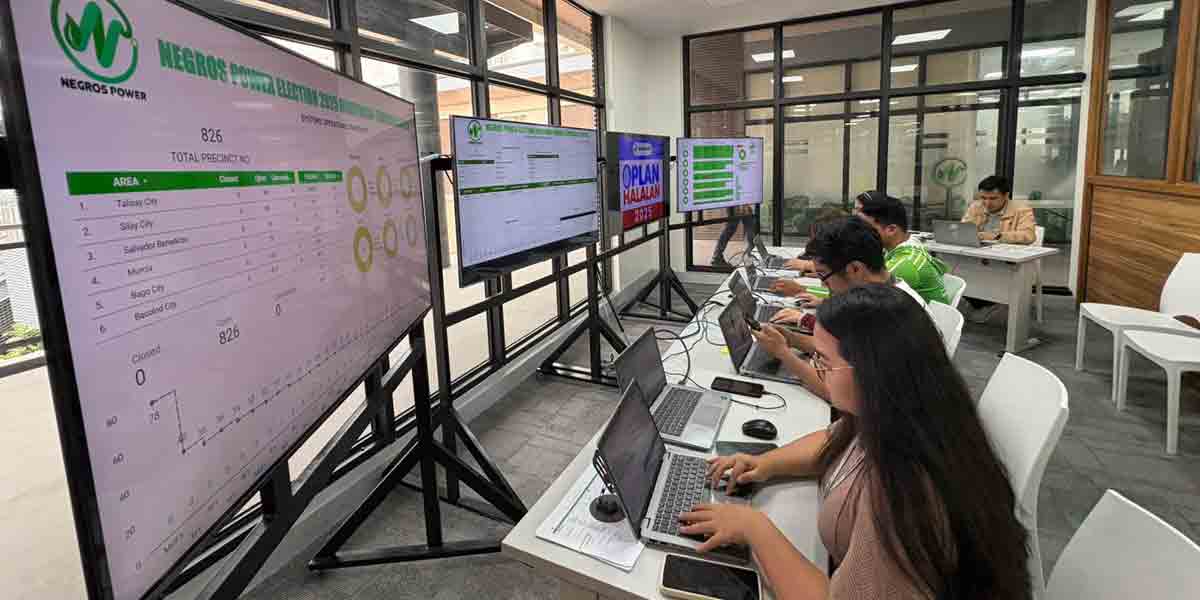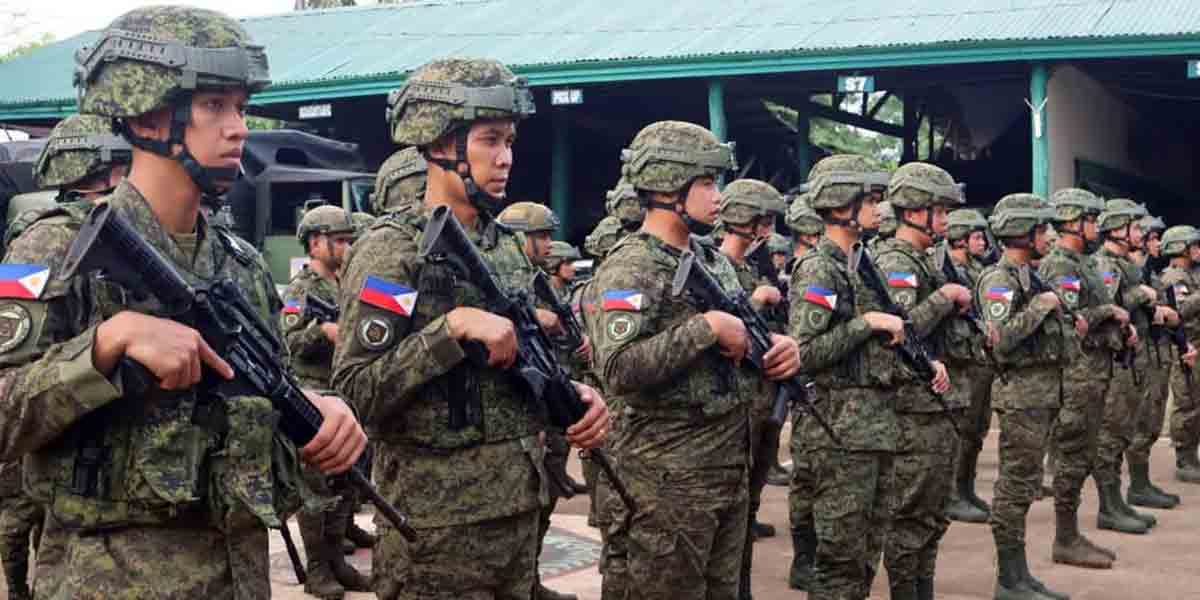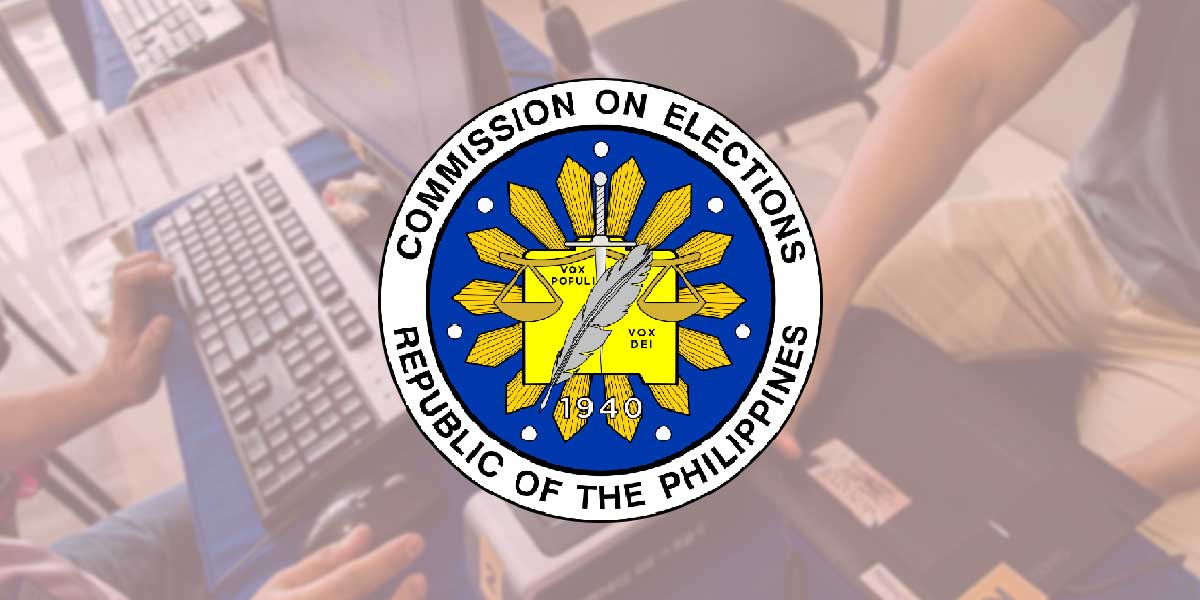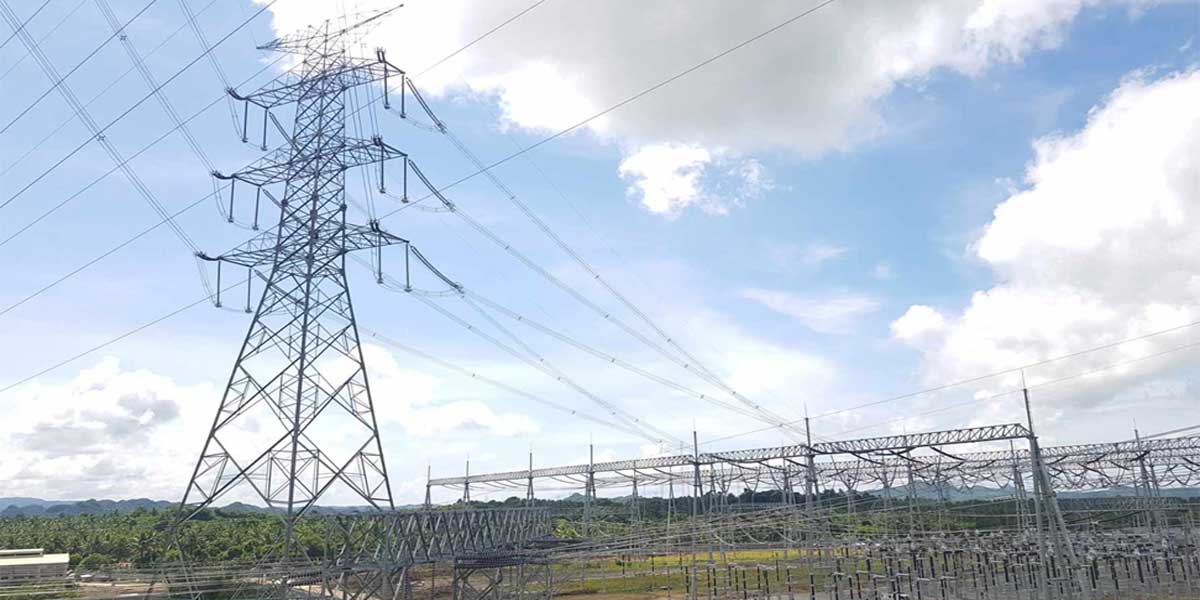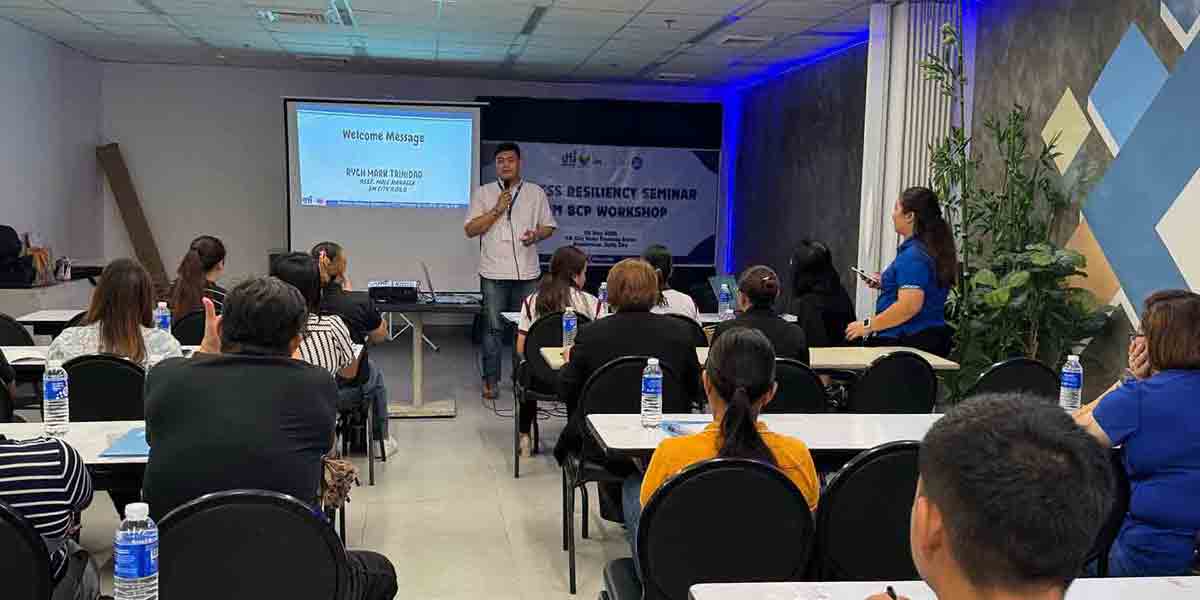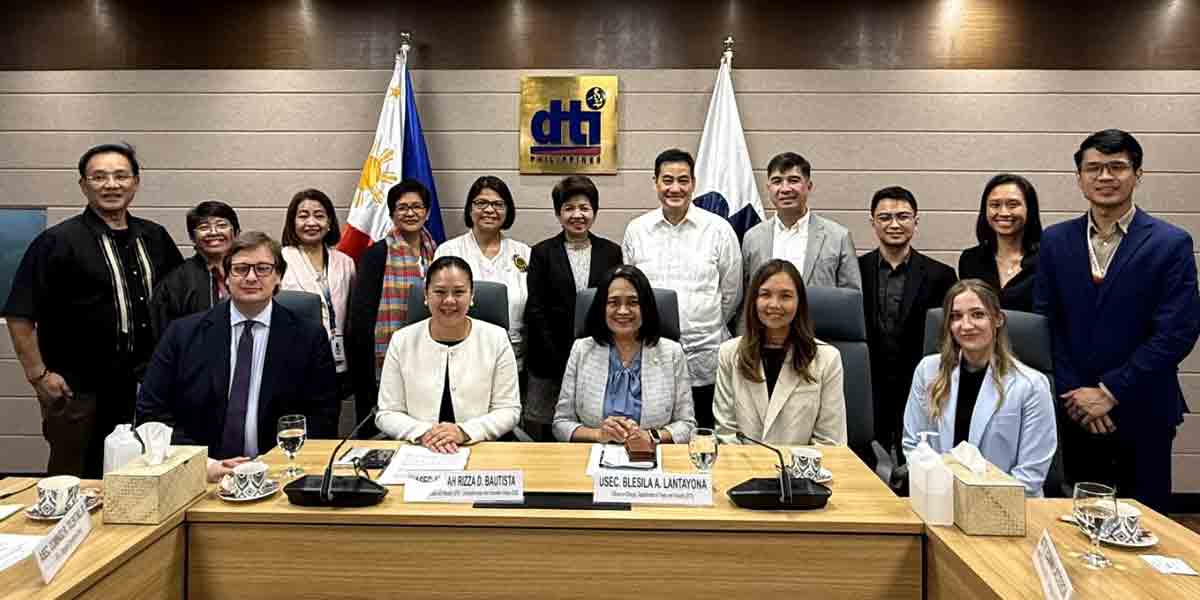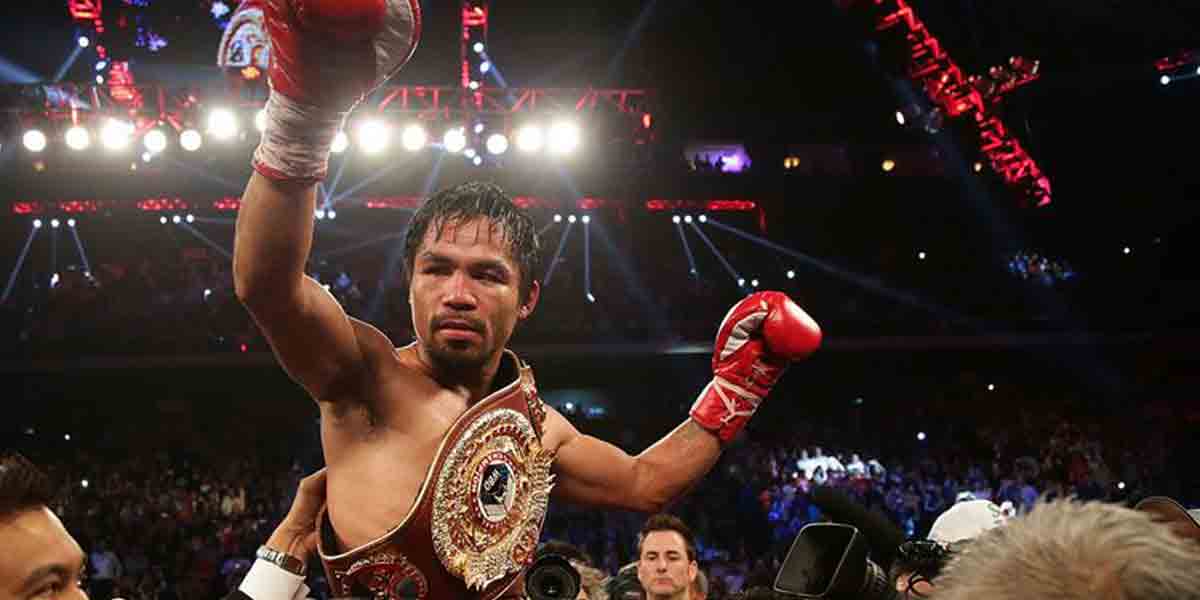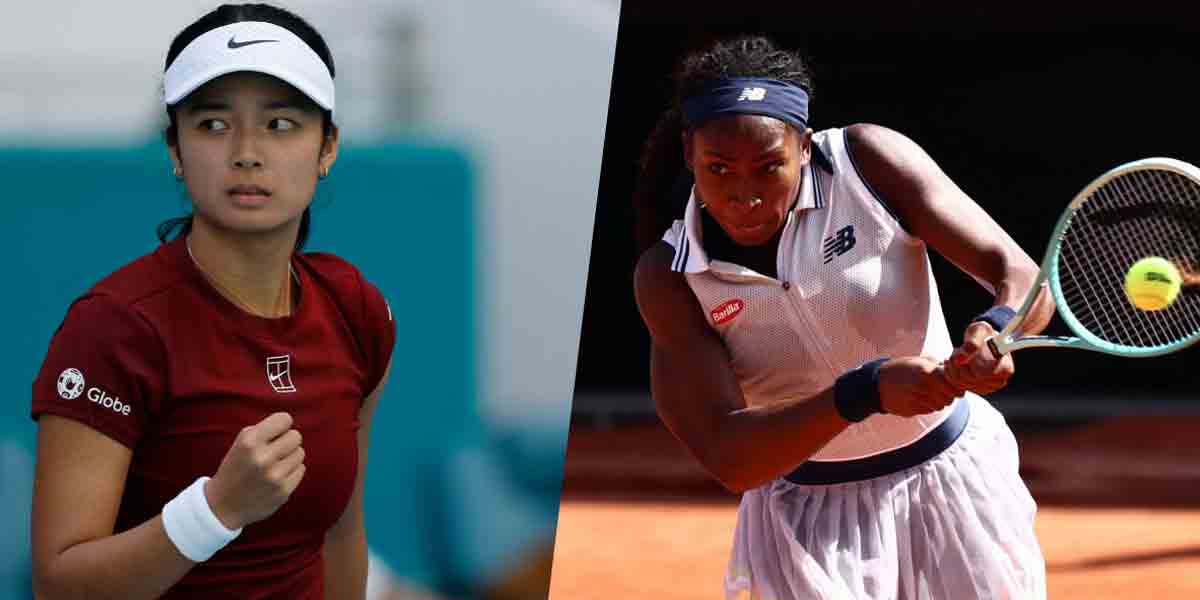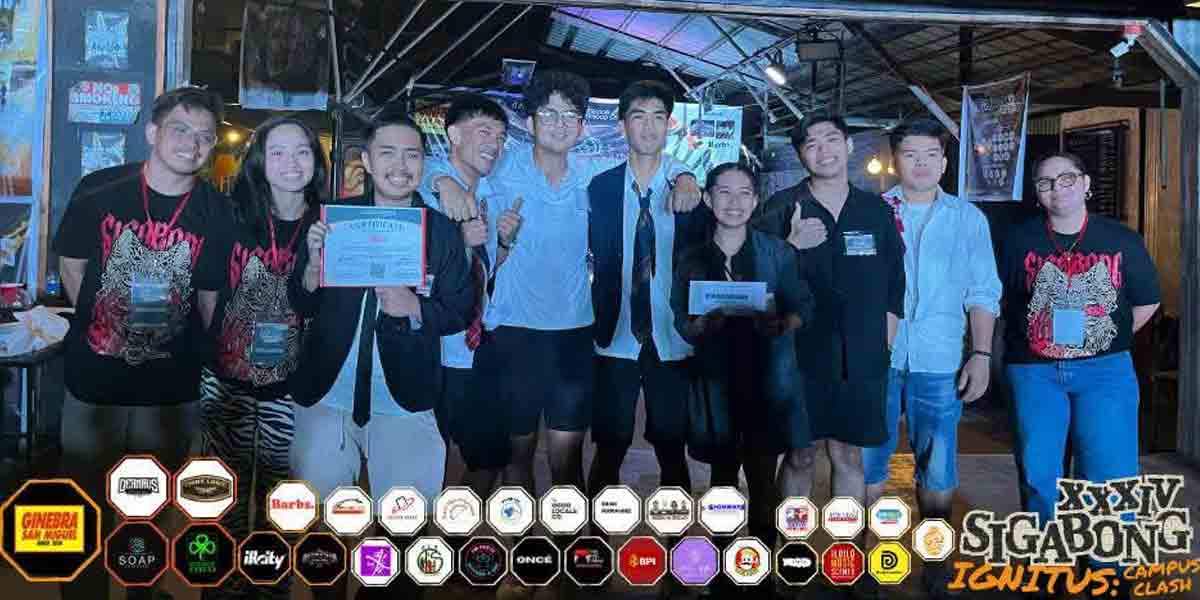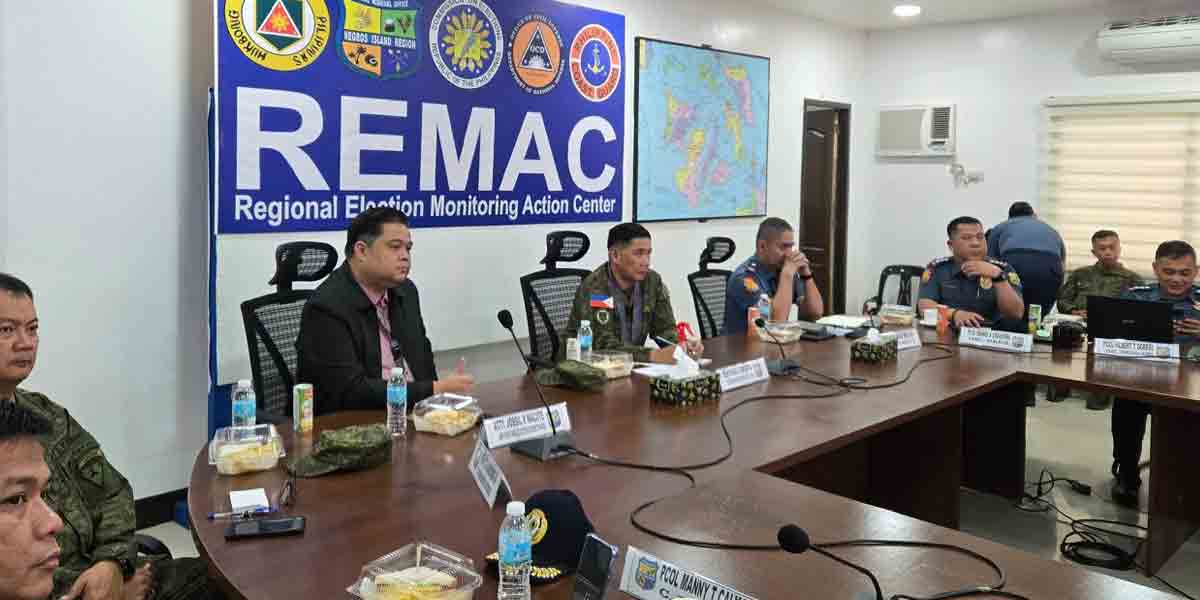By James Jimenez
In the heady post-EDSA Revolution days when the over-arching imperative was to make sure that the country would never again slip into dysfunction, many felt the need to move as far away as possible from the traditional system of single-member district representation. The traditional system, which had seen the carving up of the country into political fiefdoms – ultimately beholden and vulnerable to a strong president – was largely perceived as one of the reasons why autocracy was able to take root.
This belief informed the creation of the Philippine Party-List system of elections – let’s call it PL – under the 1987 Constitution. The PL system expanded the democratic space, in essence creating ideological constituencies – groups bound together by shared beliefs and values, as well as groups that represented specific sectors such as labor, women, youth, indigenous peoples, and others – to exist alongside the more traditional geographic constituencies of the various legislative districts. The vision was for the electorate to vote for their district reps and for a representative to champion whatever ideology they espoused. In theory, this would create a more inclusive political landscape, that ensured diverse voices would be granted equal weight in the legislative process.
In practice
In practice however, the PL system has, over the years, been the target of abuse and manipulation. Some well-established political families, traditional politicians, and – lately – even supposedly apolitical institutions, have taken to creating or supporting party-list groups that ostensibly represent marginalized sectors but are, in reality, mere extensions of their political machinery – meant only to expand their influence or to influence the legislative process for their benefit.
Needless to say, this undermines the PL system’s original goal of ensuring genuine representation for the greatest number. Worse, it dilutes the impact of the organizations that legitimately represent the ideologically under-represented or marginalized groups.
The problem
One of the biggest problems plaguing the PL system is foundational: who can participate in it. When we speak of the ideological participants, the PL system is far too permissive.
Republic Act 7941 – the Party-List Systems Act – explicitly allows “registered national, regional and sectoral parties or organizations or coalitions thereof, which will enable Filipino citizens belonging to marginalized and under-represented sectors, organizations and parties, and who lack well-defined political constituencies but who could contribute to the formulation and enactment of appropriate legislation that will benefit the nation as a whole, to become members of the House of Representatives.”
Note that this provision effectively creates two categories of participants in the PL system: those “belonging to marginalized and under-represented sectors, organizations, and parties,” and those that “lack well-defined political constituencies but who could contribute to the formulation or enactment of appropriate legislation that will benefit the nation as a whole” is a low bar to clear.” The first category is fairly specific and is susceptible to various criteria for determining whether the sector, organization, or party actually represents a marginalized sector; but the second category presents a very low bar indeed.
Because of how vague the language of the law is, the PL system has become the entry point into Congress for groups that do not authentically represent marginalize or under-represented sectors or political parties. Instead, it has become a loophole exploited by the opportunistic to increase their influence in the House of Representatives. As a consequently, the true purpose of the Party-List system—to provide a voice for the voiceless and ensure diverse representation—is compromised, perpetuating the dominance of established political interests and, ironically, shrinking the democratic space.
Not broken just bent
Despite these challenges, the Party-List system remains a vital mechanism for enhancing democratic participation in the Philippines. Albeit imperfectly, it still does provide an institutional means to allow small political players – non-mainstream political parties and groups representing the marginalized – to shape national policy. The system, despite protestations by some, isn’t broken, just bent.
The challenge, therefore, is to continue refining and improving the system. Legislation could be enacted, for instance, that would provide for stricter regulations to govern entry into the system. In the same vein, the law could be amended to clarify – and strengthen – the law’s underlying motivation to ensure meaningful participation by marginalized groups in the law-making process. But don’t get me wrong – it isn’t just the legislature that can improve the situation. A lot rides on the voter as well.
Many Filipino voters simply know too little about the PL system for them to participate in it intelligently. Most of the electorate will end up squandering their one PL vote by either not voting at all, or by voting for traditional politicians in party-list disguises. Voters should take the time to understand what the PL system is all about, and most importantly, to look deeply into what each PL organization represents.
Do not vote
Do not vote for PL organizations that are mere fronts for out-of-office politicians or waning political parties looking to expand their influence. Do not vote for PL organizations that pretend to represent the marginalized by sneaking privileged individuals into Congress via the party-list “backdoor.” Most of all, do not vote for PL organizations that present no discernable philosophy nor platform – organizations that rely almost exclusively on the popularity of their nominees. If you do any of these things, rest assured you’re not doing the country – or your countrymen – any good.

